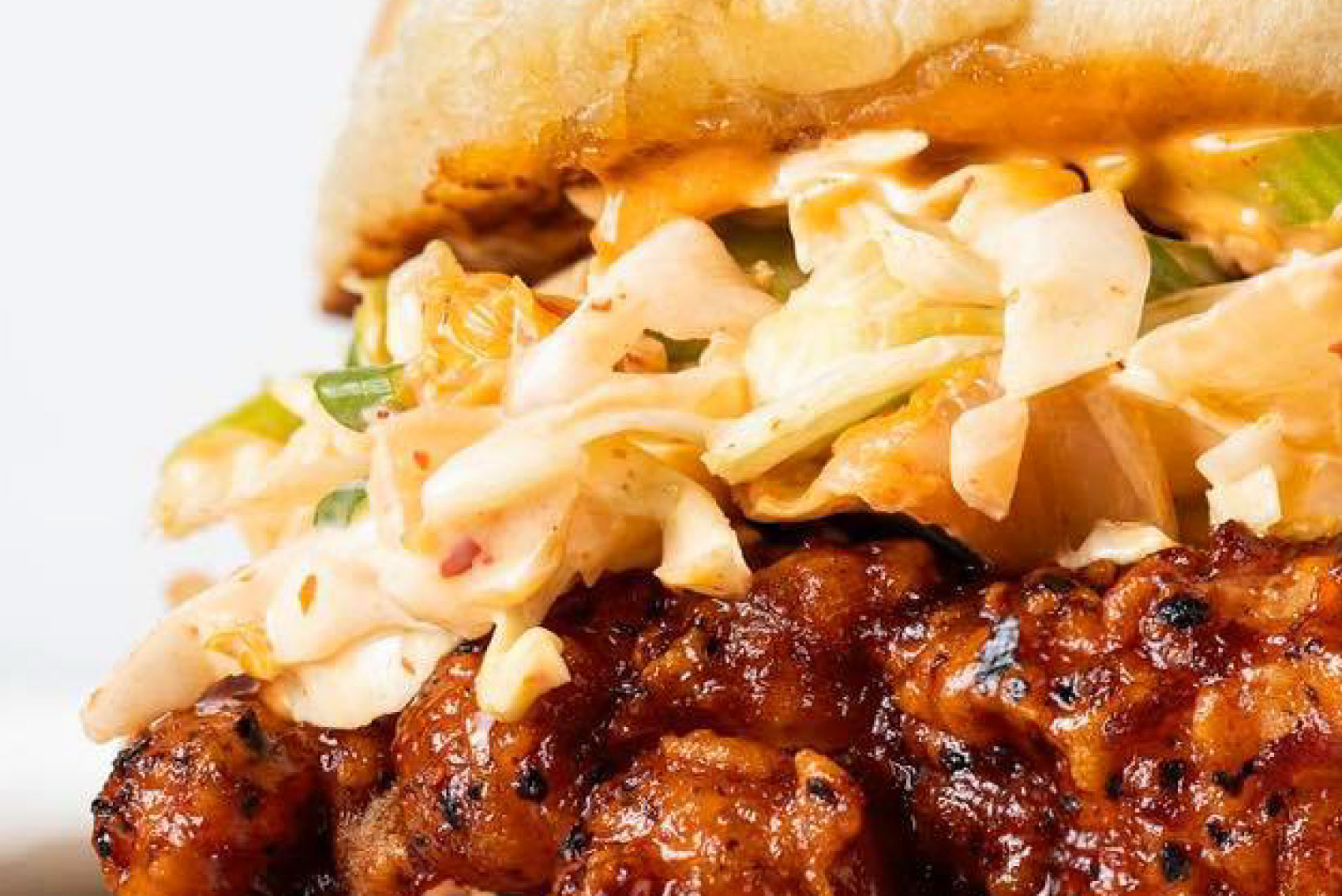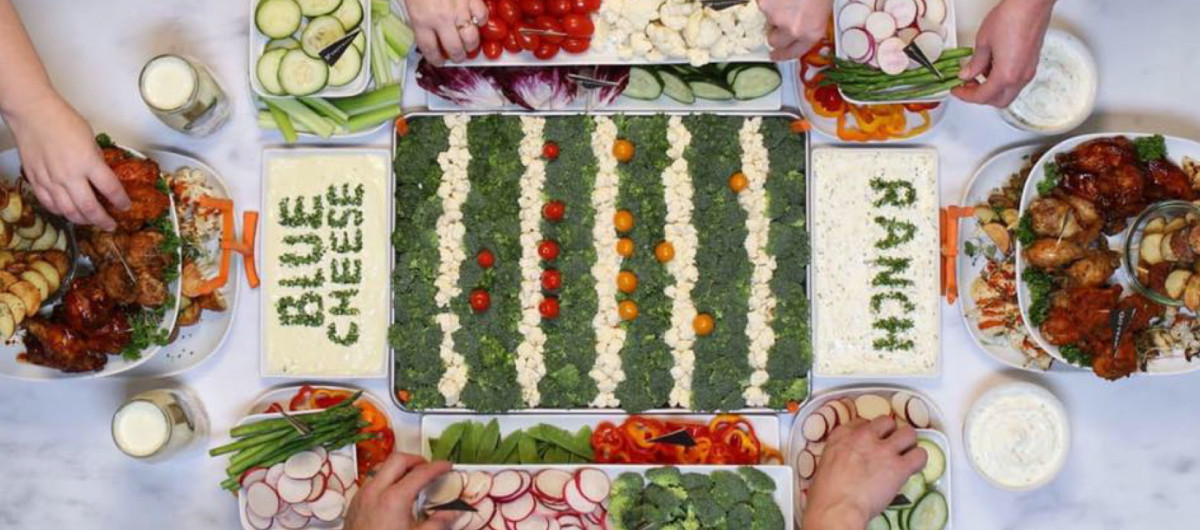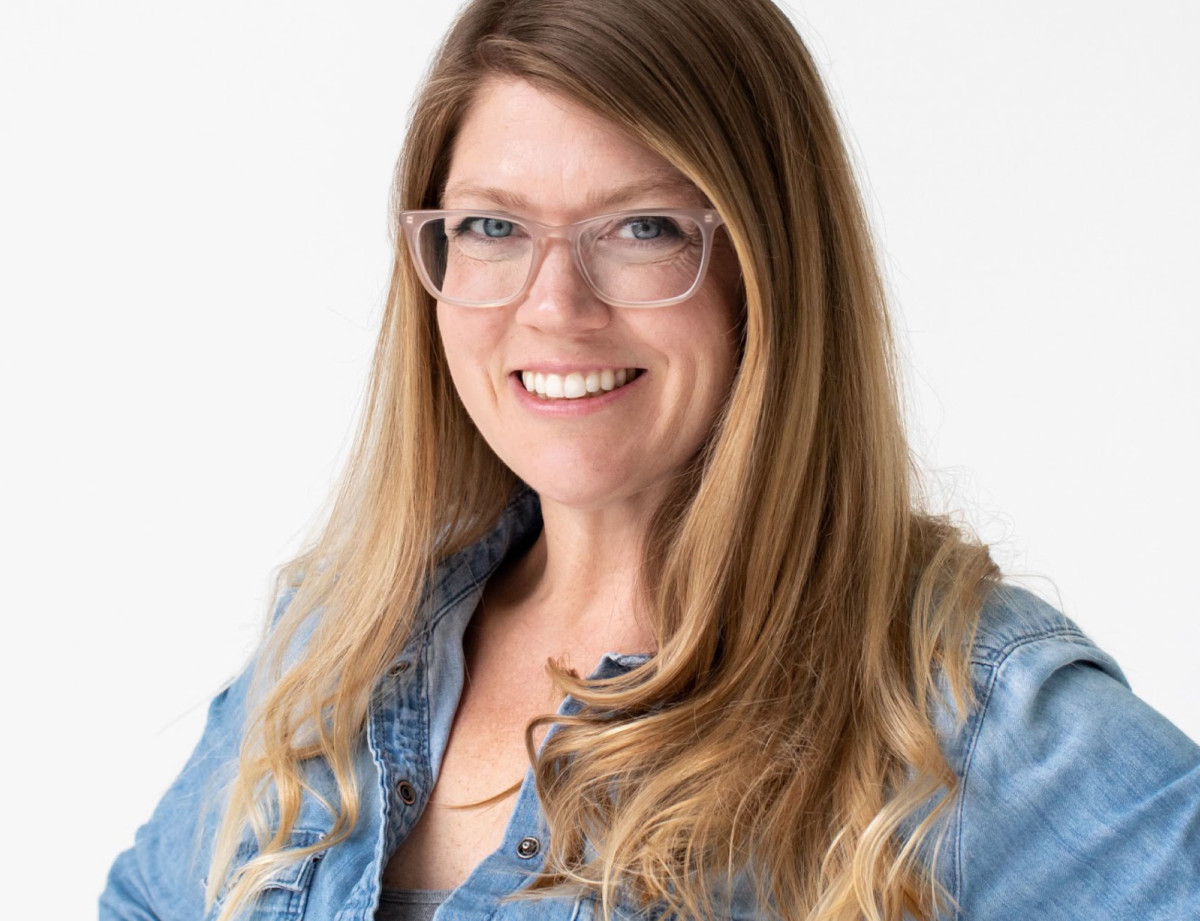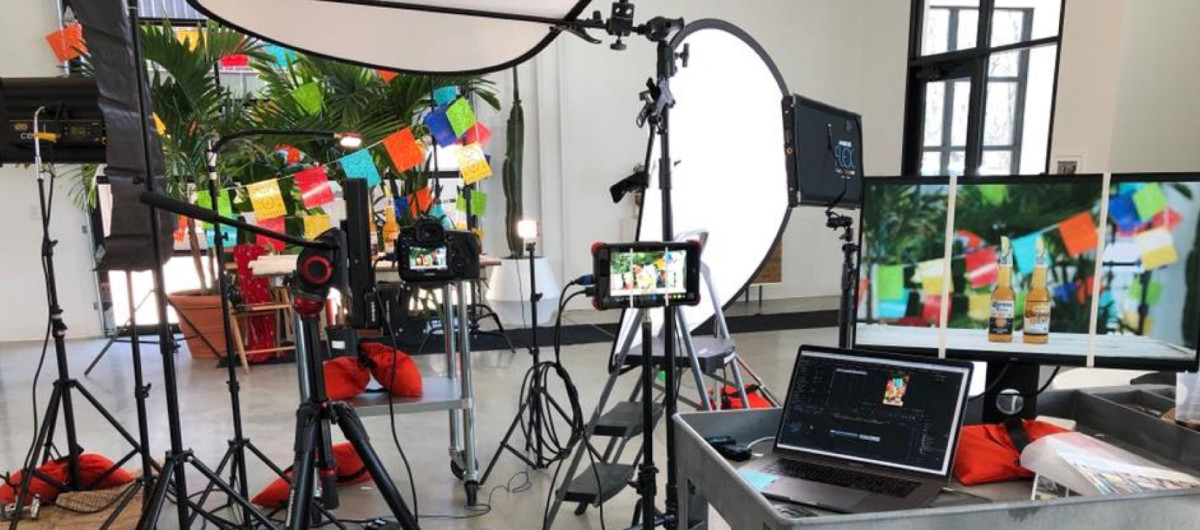
How to Get the Most Out of Food Content Production
Culinary content creation is in high demand for food and beverage brands, but how do you get the most out of food content production?
Let us paint a picture. Imagine cheese melting off the sides of char-grilled beef, crispy bacon toppings, all between buns basted with sizzling butter. Are you hungry yet? As writers, we use emotionally charged descriptors to describe food, but at Dish Works, they get to do it all — writing, photographing, videoing, and most importantly, playing with food. Their finished products are always mouthwatering.
We sat down with Mary Bigham, president and co-founder of Dish Works, a culinary content creation agency out of Pennsylvania. In their words, their “specialty is on-trend recipe videos, recipe development, food + drink styling, photography, product shots, writing and GIFS.” They’ve worked with big brands like Corona, Nestlé and Whole Foods Market, along with some smaller brands, and they know what it takes to make a body of work like this.

Setting Expectations
She started as a food blogger in 2006 and has been creating custom culinary content ever since. Mary created Dish Works over a decade ago to fulfill the content needs of food and beverage brands. It was a good call, especially now that brands have their own (multiple) platforms to feed — social, websites, newsletters, Amazon, etc. This also means that brands have their own vision and direction for content but to execute it…? There are specialists for that, like Dish Works, who understand ALL of the challenges of culinary content creation. If you’re expecting quality content, then you should also expect to over communicate and work within a scope.
“We can do anything within reason. For grilling, we’ve set up a whole indoor grilling scene that looks like we’re outside. We can do tailgating, poolside and picnicking. We have an awesome team that can essentially create any environment in any setting for the project and the client,” says Mary. “And if we can’t accommodate it in the studio, then we find a location near the studio to execute it.”
Mary had a vision for her company and she built it with scrappiness and determination. They are now in large studio space with commercial and residential kitchen sets but before she had her own space, it was a hustle. From Airbnb rentals to blocking off parking lots, clients trusted her team and they did what they needed to do to ensure the clients got the content they needed as she grew the company.
There’s also a lot of detail that goes into culinary content that needs to look and feel authentic in photos or video. A dish towel can be too bright and distracting, ice cream doesn’t cooperate, steam doesn’t pick up clearly on video and so on. There are numerous factors to prepare for, and it could mean more hours, more props, more special effects, or more testing. An experienced content agency will know these details ahead of time and thoroughly communicate it before starting the project, but clients need to understand that the most engaging and eye-catching photos and videos take time, resources and ultimately, more money.
Trends
According to Mary, the top culinary content requests they receive are recipe videos, and they’re not going away anytime soon.
“People really want to learn how to cook. We don’t want to be sold to. We want to make our own purchasing decisions, but we’re okay with being educated. Therefore, recipe videos are just such a smart investment because it’s showcasing a product in a way that doesn’t sell,” says Mary.
“Recipe videos are the perfect way to engage, entertain, educate and showcase a product to the audience without marketing.”
Mary

A more current trend is what Dish Works calls the “social short package.” They’ve learned that consumers are all trained to see a shiny object, stop and watch it, even if it’s for two seconds. It’s still very satisfying; therefore, there’s a trend on social media, Amazon and most points of sale where there’s a clip of an action. It could be as simple as gazing at a knife spreading butter on a biscuit or drooling at the “sexy cheese pull.”
Mary claims it works for products like cookware or utensils too. For example, a short video of eggs sliding out of a pan shows the effectiveness of the product. Displaying honey drizzling over cheese makes a consumer crave a cheeseboard. They didn’t say “here’s how to make a whole cheeseboard,” but just that clip makes you feel the craving.
Push Back
It can be hard to say or hard to hear, but sometimes, a little push back is necessary to make both creative agency and client happy and produce a quality product. Chances are, if you’re reading this, you understand the meticulous work that goes into photo or video shoots. If you aren’t familiar, here’s a little tip for the brand marketers:
Never ask a creative, “Can we just get a few extra shots for free while you’re in there?” For example, a good creative will most likely provide 2-3 extra photos from a shoot because they have so many great options. But it’s not realistic or fair to expect 10-30 for free. That’s more preparation, more editing, more time from a skilled professional, and it shows a lack of respect for the talent and experience going into the project. How does the rule go? “Do unto others as you would have them do unto you?”
“So much work goes into the content we create. We care so deeply about it that, when someone who’s not in the details of what we do every day makes assumptions like, ‘Oh well, you can just provide 30 extra shots because you’re making it anyway,’ it’s something that makes us feel not valued. It’s the only thing so far that we’ve had to say no to and re-scope the project.”
Mary

On a typical Dish Works set, there are different eyeballs with different skill sets looking for different problems or opportunities. Clients are invited to visit the studio or they can visit their virtual studio to weigh in on any brand guidelines. The goal for Dish Works is to be so aligned with the client that the experience is rewarding and fun but not a stressful babysitting session.
The Future
After talking with Mary for over an hour, we became curious about this “science experiment-meets culinary school-meets art” world they live in. Our curiosity got the best of us, and we had to ask for the craziest things they’ve had to do.
Although Mary’s number one had to be off the record, some of her favorite new requests are working with food technology products. They’ve started creating content for smart cooking appliances, but we’re not talking about digital thermometers here. Think about robots that can cook full meals. Crazy.
“Not only are we needing to portray and market this visually, but we’re helping to develop recipes for a machine that’s new to market, so it’s unique and exciting but challenging,” says Mary. “We get a lot of special diet requests too. Brands want a product to feel like the real thing, but it’s a fun challenge to use our culinary experience and visual talents to create something for folks who need to omit gluten, carbs or sugar.”
“We joke a lot. I feel like we are on the show Chopped almost every single day because we do have a lot of requests like…we have to use this product, and we need to use it in a slow cooker, and it needs to be for Mother’s Day, and we can’t have gluten, and it needs to use this other product, and it needs to be five steps or less and …”
Mary
And the biggest challenge yet? As social media, streaming television, and digital shopping experiences evolve, the more a brand needs their content in a variety of formats. DIY videos on Pinterest, Instagram TV clips, product videos for the growing amount of online grocery stores — it doesn’t end. Agencies like Dish Works have to keep up with all of the changes, all while delivering content that engages, entertains and educates. Add in food that may or may not cooperate, and you have a rare, priceless service.
The Finished Product
“My goal is to make sure that anyone who invests in us gets a solid return. We always try to make sure that if we can shoot in one style of a video, we can cut it and crop it into different edits to accommodate different platforms that are constantly changing,” says Mary. “We want them to come back to us on happy terms when they need content for a new product, or say, for a truck or billboard.”
“My goal always is to make sure the content is as evergreen as possible and they can reuse it. They can get the most use out of it so that they feel good about that investment year after year.”
Mary
The moral of the story is that you get what you pay for when you’re looking for culinary content. Although it’s fun, getting that beautiful photo or video of melting ice cream, boiling soup or slippery chicken is challenging, it’s a lot of work and there are specialists out there for it. Dish Works strives to be the best culinary content studio as far as quality of work, turn around time, communication and cost. So chances are they will have services for any budget and it’s worth it for many brand managers to outsource so they can spend time on other important work. Quality content that’s offered for much less than the cost of hiring one employee seems, well, sweet as pie. And it is!

